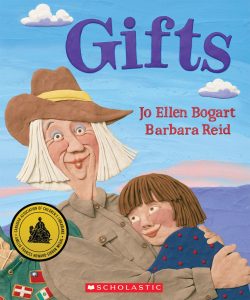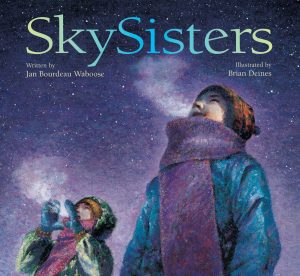If students are to master the alphabetic code, which is necessary to read and write words (decoding, phonemic awareness, fluency, spelling, vocabulary development), they require direct instruction and lots of practice.
Constructing meaning from words once they are decoded (thinking, comprehension, metacognition) is also a very complex process that requires an equal amount of time spent on direct instruction and practice. A number of very effective reading comprehension strategies can be taught in the primary grades, including making connections, asking questions, visualizing, predicting, inferring, and transforming. Older students can also be taught to determine importance and to synthesize the texts they are reading.
Reading Power: Teaching Students to Think While They Read by Adrienne Gear (Pembroke Publishers) is a wonderful resource for teachers who are interested in a strategic approach to reading comprehension instruction. Well-organized and clearly written, this book includes:
• clear explanations of reading comprehension strategies
• book lists for modelling demonstrations and group practice
• student work samples
• an assessment rubric
• sequential lesson plans (modelling, guided practice, independent reading)
• reproducible templates
Making Connections
Many educators begin teaching reading comprehension by introducing and then modelling the making connections strategy. They know that readers can more easily connect to a story when something in the writing evokes a memory (“This picture reminds me of…”, “This character reminds me of…”, etc.).
When talking to students about making connections, it is important to stress the following points.
1. A reader makes connections to a book when a memory pops up.
2. Readers can connect to many different details in a book. The events, the characters, the illustrations, and even the feelings that occur can be points of connection.
3. There are several different types of connections that a reader can make:
• connections between books
• connections between a book and the reader’s own life
• connections between a book and real-world events
Many books can be used to introduce, model, and practice “making connections” as a reading strategy. School, friendship, and families are all familiar topics that work well. Here are three books about families and siblings that I have enjoyed using with primary-aged children.


by Jo Ellen Bogart
illustrated by Barbara Reid
Scholastic Canada
ISBN 9781443170086
This multiple award-winning picture book has been in print for 28 years! Written in lyrical, rhyming text, it tells the story of a grandmother who loves to travel. Each time she plans a trip, she asks her granddaughter what she should bring back as a gift. The creative responses (“a roar from a jungle king,” “the secret wish of a flying fish,” etc.) result in some equally creative gifts.


by Jan Bourdeau Waboose
illustrated by Brian Deines
Kids Can Press
ISBN 978-1-55074-699-0
This award-winning book follows two young Ojibway sisters as they travel in the stillness of the night through the frozen north country. After a brisk walk up Coyote Hill, they are rewarded with the spectacular sight of the Sky Spirits dancing (the northern lights).
by Barbara Reid
illustrated by Barbara Reid
Scholastic
ISBN 9781443113090
Winner of a Governor General’s Award for Literature, The Party has been in print for 25 years! It is the story of Gran’s 90th birthday celebration. As the family gathers in the backyard, two young sisters, feeling “squirmy and shy,” wonder how to approach their many cousins. But, while the adults visit and busy themselves setting out the
birthday feast, the kids are soon engaged in boisterous games and adventures.
Brenda Boreham
Brenda has 35 years of classroom experience. She has presented workshops on literacy strategies, and has written a number of resources for teachers. She remains passionate about matching up kids with books.
This article is featured in Canadian Teacher Magazine’s Winter 2023 issue.

